1 Pack 20 Hawthorn Seeds May Tree Haw Crataegus pinnatifida Organic S028
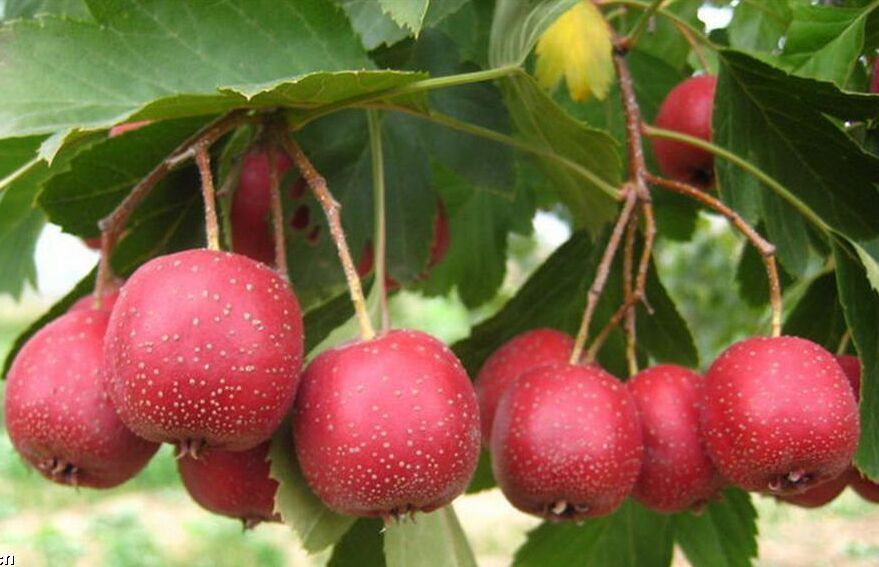
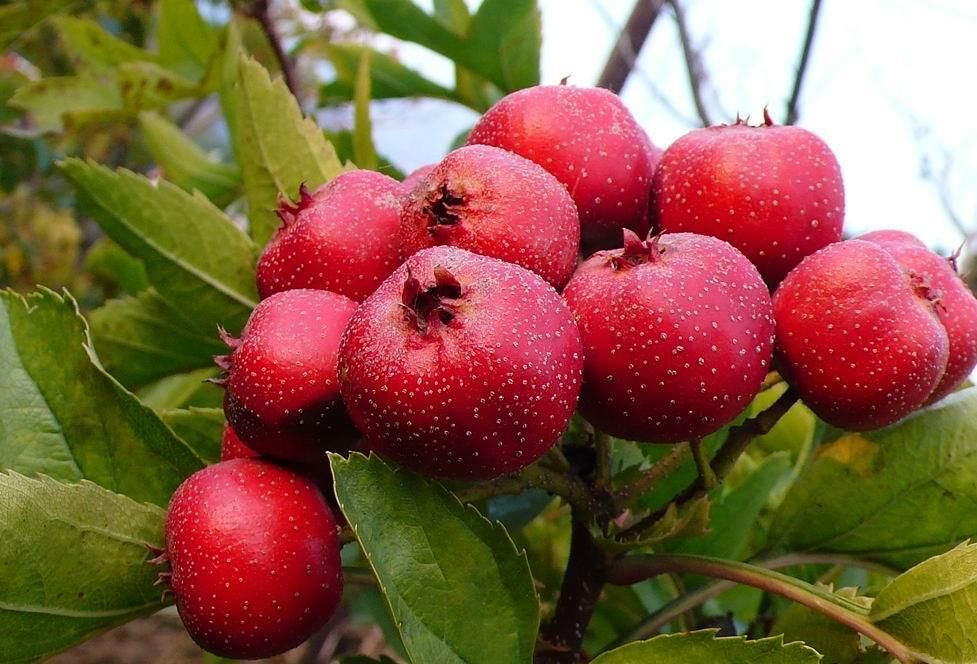
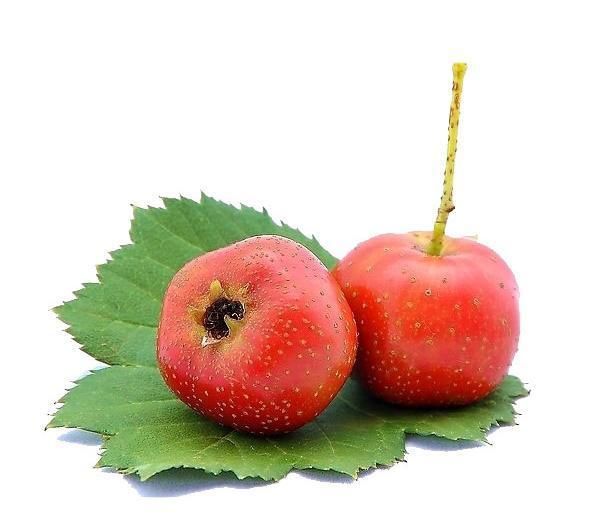

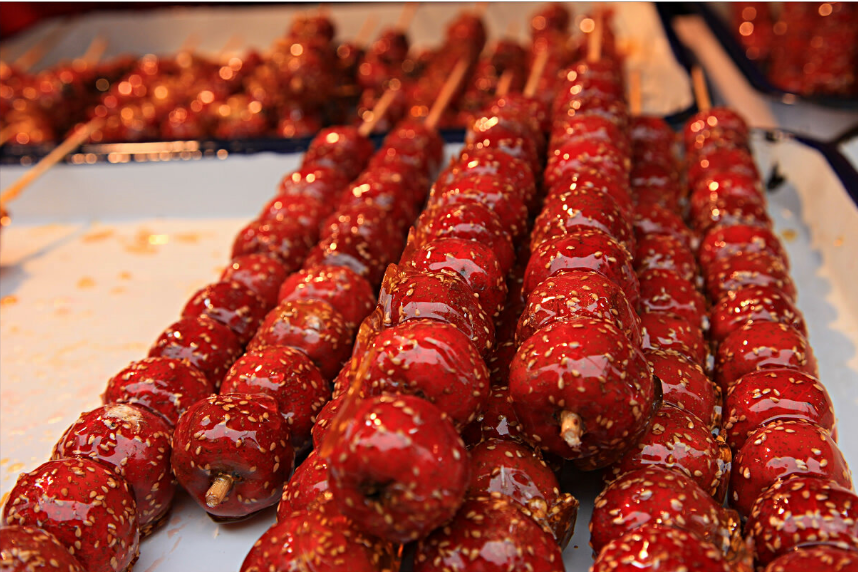
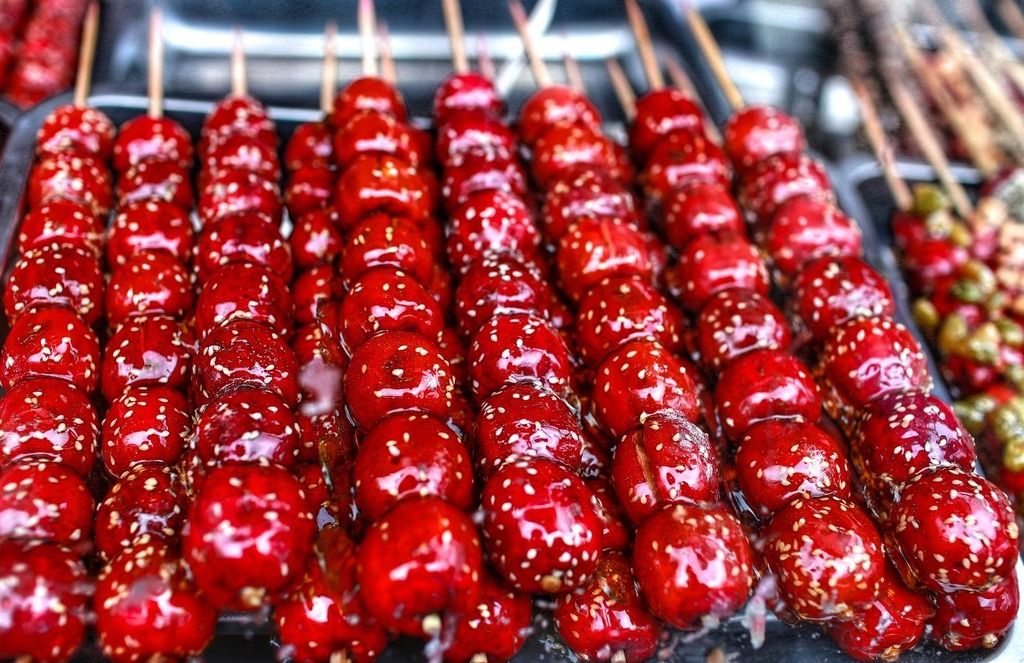
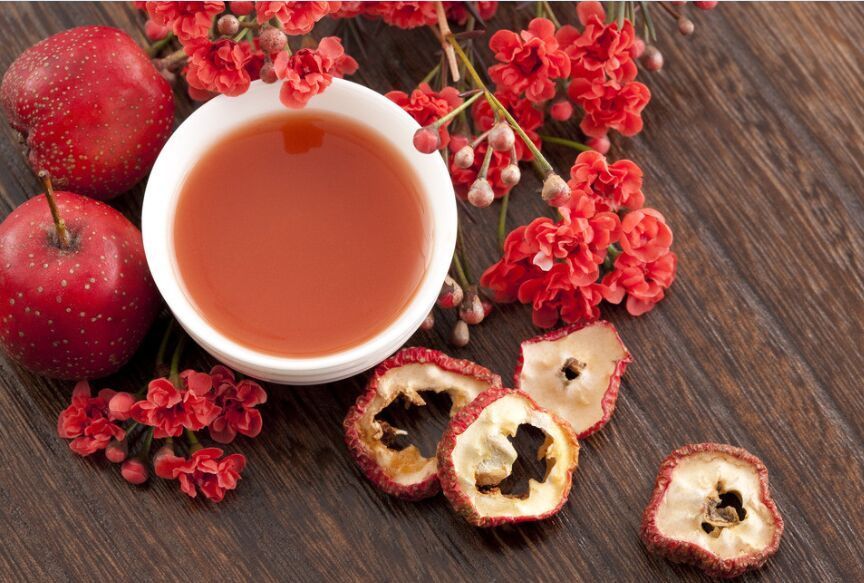
Native to Europe, India and North Africa, English Hawthorn is a small, low-branching, deciduous tree or large shrub that is noted for its profuse spring bloom. It typically grows 15 to 30 feet tall with a rounded crown. Straight to zigzag, thorny stems are clad with 3 to 5-lobed, dark green leaves to 2 1/2 inches long. White 5-petaled flowers in clusters (corymbs) bloom in mid spring. Flowers are followed by red fruits (pomes to 1/2 inch long), containing a single seed, in fall. The fruit is sometimes called a Haw. The word Haw also means hedge, the Hawthorn being a thorny hedge. In the 1800s, English Hawthorn was widely planted in England as a hedgerow plant because of its thorns.
Hawthorns are an important food for wildlife in winter, particularly thrushes and waxwings. The fruit of Hawthorn are edible but are commonly made into jellies, jams, and syrups, used to make wine, or to add flavor to brandy, rather than eaten fresh. They are pulpy and delicate in taste. The flower petals are also edible, as are the leaves, which if picked in spring when still young, are tender enough to be used in salads.
Crataegus monogyna is one of the most common species used as the "Hawthorn" of traditional herbalism, which is of considerable interest for treating cardiac insufficiency by evidence-based medicine. The plant parts used medicinally are usually sprigs with both leaves and flowers, or alternatively the fruit. Several species of Crataegus have both traditional and modern medicinal uses. It is a good source of antioxidant phytochemicals, especially extracts of Hawthorn leaves with flowers
Leaf: Alternate, simple, 1 to 2 inches long, obovate, serrate and deeply lobed, subtending long thorns, dark green above and paler below.
Flower: Monoecious; perfect, small white flowers 1/4 to 1/2 inch, with 5 petals produced in clusters near the end of the twig, appearing in mid to late spring.
Fruit: Small single seed, dark red pomes, 1/4 to 1/2 inch in diameter; maturing in the early fall.
Twig: Slender, gray; buds dark, shiny red and round; bearing obvious, stiff, 1 inch long thorns; leaf scars contain 3 bundle scars.
Bark: Smooth and red-brown when young, later turning gray and scaly.
Form: Erect, spreading deciduous shrub or small tree 15 to 30 feet tall.
Other Names: Oxyacantha monogyna, One Seed English Hawthorn, Singleseed English Hawthorn, Common Hawthorn, May, Mayblossom, Maythorn, quickthorn, Whitethorn, Motherdie, Haw
Zone: 4 to 8
Growth Rate: Slow to Moderate
Plant Type: Small deciduous tree or large shrub
Family: Rosaceae
Native Range: Europe, India, Northern Africa
Height: 15 to 30 feet
Spread: 15 to 20 feet
Bloom Time: April to May
Bloom Color: White
Sun: Full Sun
Fall Color: Not Showy
Drought Tolerance: Moderate
Water: Medium
Maintenance: Medium
Site Requirements /Soil Tolerances: Best grown in moist but well-drained soils in full sun. This tree generally does not grow well in hot and humid summer climates.
Culture: Transplants easily. Responds well to pruning.
Uses: Small flowering landscape tree. May also be pruned as a hedge. The thorny stems of Hawthorn make it an ideal boundary hedge that will help keep unwelcome visitors out of the garden. If grown as a formal hedge, it will need to be pruned twice a year, in summer and autumn. Grown as an informal hedge, the only pruning needed is the removal of the most vigorous shoots in winter.
Sowing Crataegus monogyna Seeds:
For best results, please follow the instructions in the order provided.
Scarify: Soak in water for 24 hours
Stratify: Cold 120 days, 40 Degrees F in a Moist Medium (Not wet).
Germination: Sow 1/2” Deep, Keep moist (Not wet).
For more information about seed pretreatment and growing trees and shrubs from seed, please try the following
requests that you complete checkout within 36 hours or less after clicking Buy-It-Now. Orders completed within 36 hours or less will receive priority in our processing department.
To US We send by Airmail , shipping time about 8-30days
To EU AU CA We send by Airmail, shipping time about 22-32days
To others We send by Airmail, shipping time about 28-43days
To EU AU CA We send by Airmail, shipping time about 22-32days
To others We send by Airmail, shipping time about 28-43days
Any question please contact us (ebay message) ,we will try do our best for you!
Many thanks for your cooperation !

